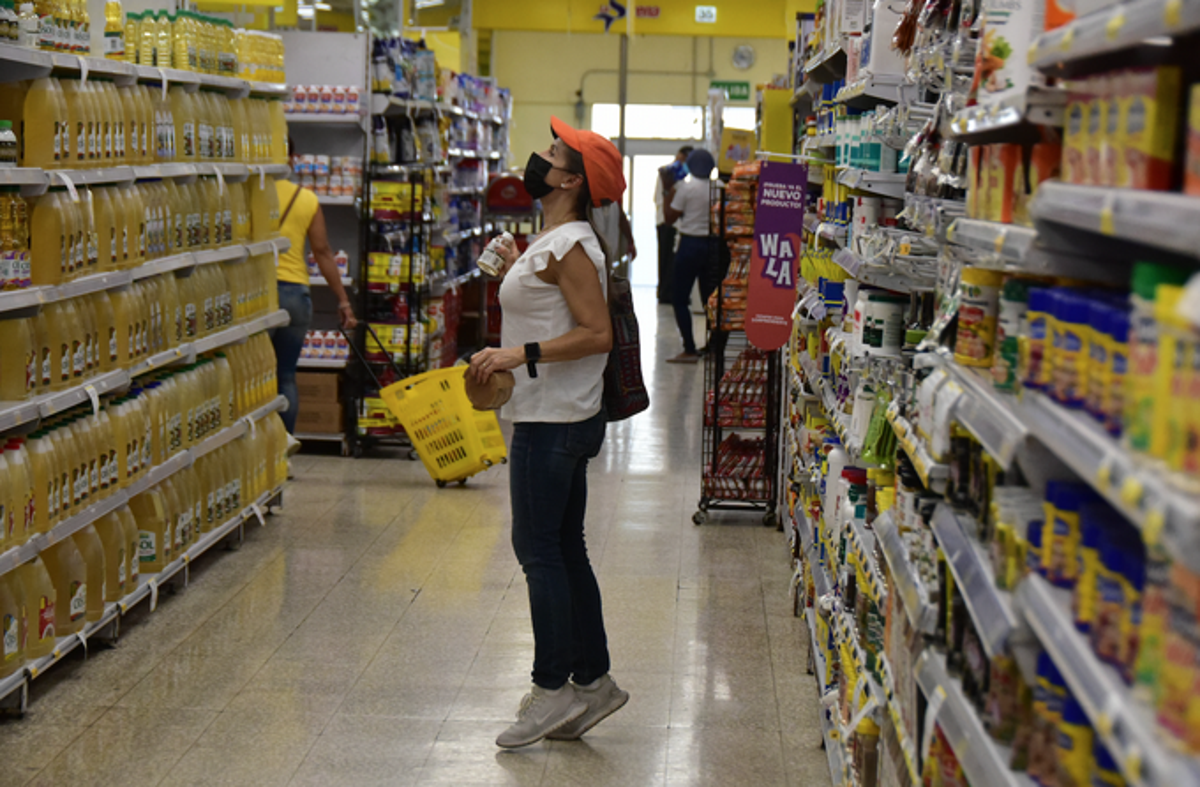Food price hikes: challenges and opportunities

The current phenomenon of rising food prices has highlighted and renewed the importance and validity of food security in our country.
Rising transportation costs, labor shortages, weather factors, and rising fertilizer prices are some of the factors that have driven food inflation to record levels around the world.
As if that were not enough, the war between Russia and Ukraine will have an overall effect on world food prices due to a disruption in the supply chain of grains and energy in Europe, given that Russia provides 20% of the world’s wheat, making it the largest exporter of wheat on the planet, while Ukraine is the fifth largest.
The monitoring of food prices carried out by the FAO worldwide, focused on 96 products organized into five groups (meat, dairy, cereals, vegetable oils, and sugar), shows that in February 2022, prices increased by 3.9 % compared to January, that is, 20.7% above its level of a year ago. This represents a new all-time high that exceeds the prices recorded in 2011.
Those responsible for the increase in February are vegetable oils and dairy products. Although we do not yet know the national figures for this quarter, it is logical to assume that the upward trend will continue.
Added to this, the energy crisis has pushed up the prices of fertilizers, which maintains the pressure towards high food production costs. As a result, the international reference prices of fertilizers have increased throughout 2021 and have reached their all-time highs.
According to a recent FAO study, high and volatile fertilizer prices have raised concerns about low availability in 2022/23.
An example of this is the price of urea, a highly important nitrogenous fertilizer that has more than tripled in the last 12 months. So far this year, the immediate effects of the current shortage of fertilizers have already manifested themselves, and some are no longer available on the market.
All this analysis confirms that the increase in food prices during 2021 was in the context of the COVID-19 pandemic, one of the main reasons why, globally, 118 million people joined the 650 million who were hungry. According to the Dominican Republic, this figure exceeded one million people in the 2021 FAO Food Security Outlook.
Under this complex scenario, it is essential to have a straightforward food and nutritional security strategy at the national level, which traces a route that guarantees food for all in the context of food inflation. And achieving it will not be easy.
However, amid this situation, FAO recognizes the efforts of the Ministry of Agriculture and the measures announced by the government to ensure the availability of food from the basic basket.
The reality is that the agricultural sector and its supply chain have been the fundamental support for the country in the most challenging hour of all time. There is no doubt that it is necessary to maintain some of these subsidies (or reduce tariffs) to guarantee sufficient food production and achieve food security for the most vulnerable population since high food and energy prices are unfavorable for poor consumers, who may spend up to 75% of their income on food. In these scenarios, timely and well-targeted social protection programs, such as Supérate, are of vital importance.
However, this scenario is an opportunity to propose long-term strategies that promote a transformation of food systems, thus promoting sustainable production and the purchase of national food and gradually reducing the country’s dependence on agri-food imports.
Technologies now exist to enable farmers to use fertilizers flexibly and more responsively to price changes.
As well as promoting the production of ecological fertilizers that contribute to improving the efficiency in the use of fertilizers and avoiding harmful effects on the environment.
In the same way, the initiatives that promote the establishment of public markets, such as cheap kitchens, general purchases of products from family farming and national production, are mechanisms of great importance to boosting the country’s agricultural sector.
For now, this situation will continue to test the ability of consumers, producers, and governments to deal with these phenomena. But at the same time, it represents an enormous opportunity to discuss the focus of their actions on recovering Dominican agriculture, to produce quality food for everyone, leaving no one behind.
The author is an FAO representative in the Dominican Republic.

















